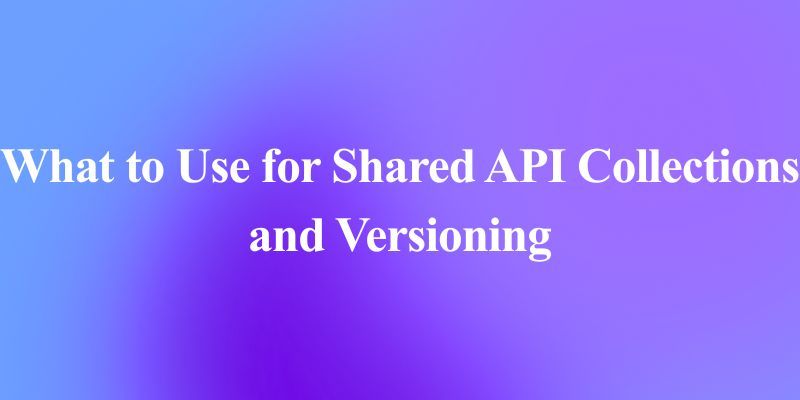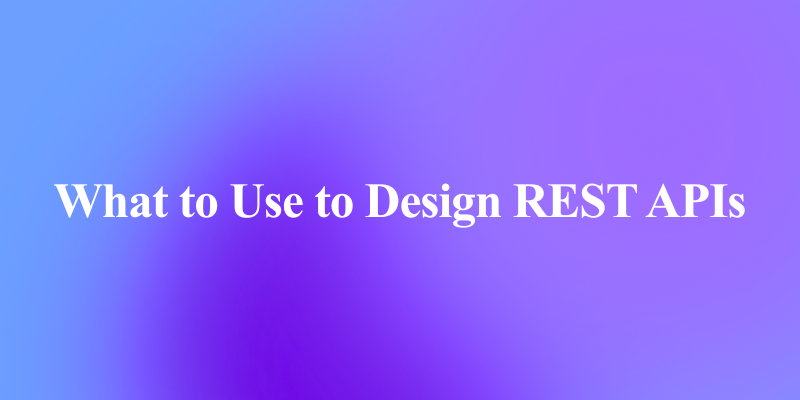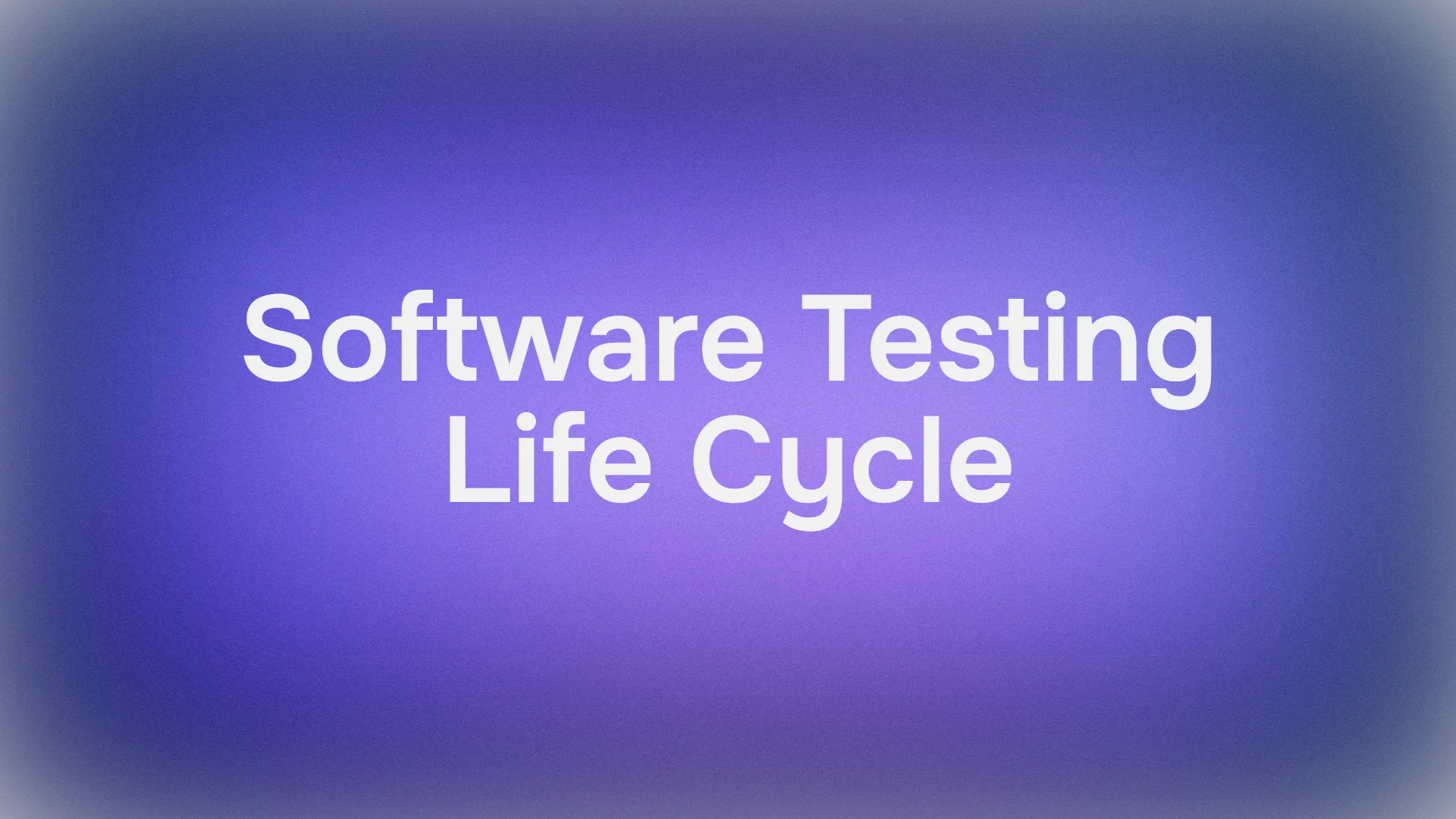The buzz around AI agents isn’t slowing down — but building one? That’s where things get tricky. What starts as a straightforward idea often turns into a complex journey filled with juggling multiple tools, designing prompt flows, and troubleshooting agent behavior.
The real challenge lies in picking the right framework that fits your needs, skill level, and project scope. With so many options available, it can be overwhelming to know where to begin or which solution will actually deliver.
This guide breaks down 10 standout AI agent frameworks in 2025 — spanning from intuitive low-code visual platforms for quick setup, to robust full-code orchestration stacks designed for scalability and customization. Whether you’re just starting out or looking to scale your AI-powered workflows, you’ll find insights on which frameworks best suit different developer goals and project types.
Why AI Agent Frameworks Matter More Than You Think
Building an AI agent is more than just prompts and APIs. Frameworks provide the essential backbone to make them work well in real-world apps:
- Handle complex tasks like memory, error handling, and tool integration
- Turn simple prompts into reliable, scalable systems
- Enable multi-agent collaboration and API orchestration
- Provide debugging tools and execution visibility
- Abstract away model/API changes for future-proofing
- Make building and maintaining AI agents practical and efficient
1. CrewAI — Role-Based Multi-Agent Teams

CrewAI gives you a way to define multiple agents, each with a role — like Developer, Researcher, or Editor — and then lets them work together on tasks.
- Define “roles” and assign them tools, personalities, and objectives
- Let agents collaborate and communicate to solve problems
- Works well with real content creation pipelines
- Studio version available for no-code teams
Best for: Developers building collaborative, task-dividing AI systems.
2. LangGraph — Custom Logic for Smarter Agents
From the LangChain team, LangGraph lets you define how your agents reason, branch, and remember things over time.
- Build custom graph-based flows for LLMs
- Supports memory, reflection, and error handling
- Works well for multi-agent coordination or recursive reasoning
Best for: Advanced devs designing controllable agents with branching logic.
3. Flowise — Drag-and-Drop LLM Chains

Flowise is an open-source visual builder designed around LangChain-style agents. If you want to skip code but still go deep, this is it.
- Visual interface to build LLM chains
- Integrates tools like retrievers, memory, and API calls
- Ideal for prototyping and deploying quickly
Best for: Building LangChain-style agents with zero boilerplate.
4. AutoGen (Microsoft) — Modular & Enterprise-Ready

Microsoft’s AutoGen is all about reliability and modularity for production use.
- Create multi-agent systems with clear roles and responsibilities
- Includes testing, memory, policies, and human-agent feedback
- Works well in enterprise setups
Best for: Teams that need auditability, modularity, and test coverage.
5. Rivet — Visual Debugging for Agents

Rivet is like Figma for AI agents — but for developers. It lets you inspect flows, agent thoughts, and step-by-step behavior.
- Node-based editor for agent planning and flow logic
- Built-in tools to visualize and debug in real-time
- Collaborative features for teams
Best for: Visual thinkers and teams building explainable agents.
6. n8n — Automation That Talks to 700+ Tools

n8n isn’t just automation — with the right modules, it becomes a powerful AI agent platform.
- Integrates with hundreds of apps (Slack, Gmail, Notion, etc.)
- Add GPT/Claude modules for reasoning and context
- Full developer control with visual workflows
Best for: Workflow-heavy agents that touch lots of external systems.
7. Langflow — Low-Code LangChain Playground

Langflow offers a middle ground: visual agent building, but with enough control to fine-tune behavior when needed.
- Drag-and-drop interface that supports LangChain logic
- Add memory, retrievers, custom prompts, tools
- Deploy locally or via Docker
Best for: Devs who want control but don’t want to write everything in Python.
8. SuperAGI — Full-Stack Autonomous Agent Platform

SuperAGI is more than a framework — it’s an entire OS for agents.
- Built-in telemetry, memory, vector support
- Agent marketplace and UI monitoring
- Tools for multi-step planning and execution
Best for: End-to-end autonomous agent workflows at scale.
9. LiveKit — Voice-First Agent Framework

If you’re building agents that talk, LiveKit is built for real-time, low-latency voice pipelines.
- Real-time audio pipelines with low latency
- Can be used with Whisper, GPT, and other LLMs
- Built-in handling for voice activity detection
Best for: Building voice assistants, receptionists, or call-based agents.
10. Agent Zero — Lightweight, Modular Logic-First Stack

Agent Zero is built for developers who want modularity, not opinionated tools. Think of it as a blank canvas for agent logic.
- Purely open-source and runs on your own infrastructure
- Emphasizes reasoning, environment simulation, modularity
- Lightweight, suitable for research and internal tools
Best for: Researchers and devs building custom or unconventional agent systems.
One Last Thing: Your Stack Will Evolve
Don’t worry if you’re still switching frameworks every few weeks. Most developers are.
The ecosystem is moving fast. What works today might need an upgrade tomorrow and that’s normal. The real skill is learning how to evaluate, test, and adapt tools quickly.
Start small, build modular, and keep iterating.
And if you’re using a framework that’s not on this list? Share it. There’s no “final list” in AI — only what’s working right now.
Final Thoughts: Don’t Pick Just One
There’s no perfect, all-in-one AI agent framework — and that’s exactly the point. Each tool offers unique strengths, designed to solve different challenges in building AI agents. What really counts is how these frameworks fit together in your overall tech stack.
Here’s how some popular frameworks complement each other:
- CrewAI focuses on role-based agent collaboration, ideal for workflows where multiple AI personas need to brainstorm, draft, and edit content collaboratively.
- LangGraph excels at managing stateful logic and complex decision-making paths, making it perfect for agents that require nuanced reasoning and context awareness.
- n8n works as the automation hub, triggering AI workflows based on real-world events and connecting with hundreds of apps seamlessly.
- Rivet offers a powerful way to debug and visualize your agent’s behavior at every step, providing clarity and control over complex AI flows.
Think of these frameworks as building blocks rather than isolated solutions. You’re not forced to pick just one — you’re designing a custom system that leverages the best parts of each.
2025 isn’t just the year AI agents become mainstream. It’s the year we start treating them less like magic and more like reliable, maintainable software — modular, scalable, and transparent.
Want an integrated, All-in-One platform for your Developer Team to work together with maximum productivity?
Apidog delivers all your demands, and replaces Postman at a much more affordable price!



